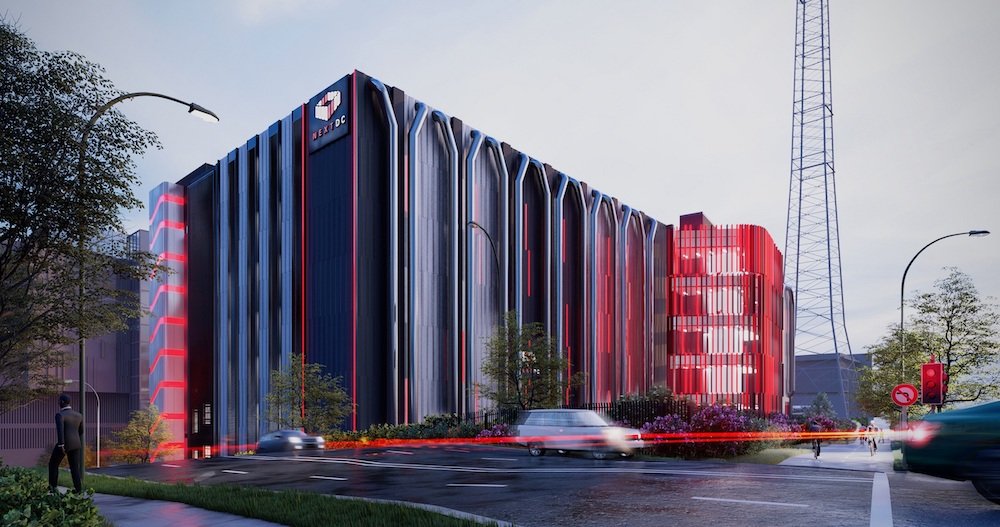Data centre operators are paying record amounts for prime industrial land in Australia’s largest cities as global technology firms compete to secure locations for new facilities. While this activity supports growing digital infrastructure needs, it is significantly increasing land prices and is reducing access for other industrial users.
Australia is currently the third-largest data centre market in the Asia-Pacific region and is seeing rapid growth in demand for cloud computing and data processing. With more than $25 billion being invested by global companies in local data hub capacity, demand for land close to power infrastructure and availability zones has surged. This has led to fierce competition in industrial areas across Sydney and Melbourne.
Operators such as Amazon and Microsoft are paying between two and three times the average market value for key sites. In one example, Amazon paid $71.2 million for a 12-hectare site in northern Melbourne, working out to nearly $600 per square metre, which is double the usual rate. In Sydney, some deals have surpassed $1,400 per square metre, while traditional industrial sales typically fall between $300 and $450 per square metre, depending on location and access to services.
The effects of this trend extend beyond rising land values. Analysts warn that as the demand for data centres grows, businesses such as logistics and manufacturing may be priced out of inner and mid-ring industrial areas. These businesses may be pushed to fringe or poorly serviced zones, which could limit their growth or lead to higher operational costs.
Areas like northern Melbourne are drawing increased attention. Around 30% of the area’s available industrial land is currently under review by data centre operators, showing a significant change in how land is being used. Experts note that this shift is expected to affect infrastructure development, rental trends and the mix of industrial activity in the coming years.



